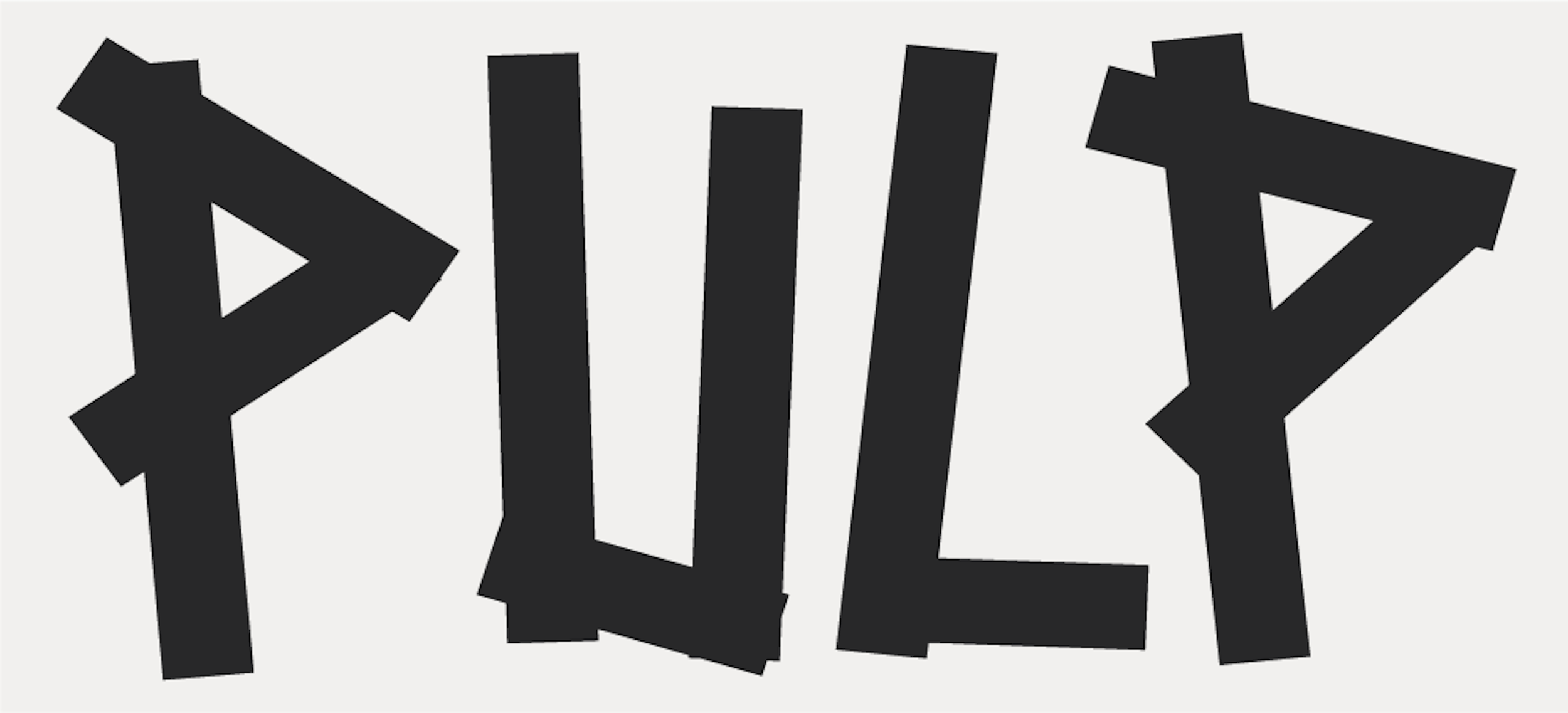Inclusion at Mardi Gras: Where were all the women?
Isabella Freeland discusses the demographics at Mardi Gras
After spending all my previous Mardi Gras at Taylor Square surrounded by mostly very drunk, underage, straight high schoolers, I decided it was time for a change. This year, me and a few friends bought tickets to the Official Mardi Gras After Party hosted at the Hordern Pavilion. With headliners including Dua Lipa, Sam Smith, and Ke$ha, everyone was keen for what couldn’t not be the best Mardi Gras yet.
Upon arrival, I could barely take in the sights of the decorations, light shows and elaborately designed sequined costumes donned by extremely chiselled men. However, as the hours ticked by and the effects of the glitz and glamour wore off, I started to make some observations.
On the night, Hordern had a capacity of about 5,000, and of that 5,000 I can honestly say that I saw less than 100 women; meaning that we made up about 2% of the capacity. When I first did the maths in my head (mid Ke$ha belting out “We R Who We R”) I thought I must’ve missed half the room, but after mentioning my thoughts to one of my friends, I realised I was very plausibly correct.
I am completely shocked that at an event that markets itself on inclusivity and diversity, the number of women was so low. I was never expecting it to be a completely even ratio, but I was absolutely not expecting this. I also noticed that most of the women who were there were clearly with their partner. However, most of the men had come either with friends, in matching outfits complete with matching light up sunglasses, or alone and ready to mingle. I was left feeling pretty deflated afterwards, wondering what spaces actually existed for young, queer women, like myself, to go out and feel a part of a community at events like Mardi Gras.
The reason it hit me so hard was because I have always been hyper aware of how men have dominated society in a broader sense, but I never realised the same to be true in a community that prides itself on inclusivity. In hindsight, the warning signs are all there. Even in film and TV, representation of queer female relationships is only now starting to become slightly normalised. And, even still, it is a rare pleasure when I discover a well thought out and accurate lesbian plotline in mainstream TV (for those interested, I recommend Netflix’s Atypical).
I wonder about the reason behind the lack of representation. Mardi Gras has certainly been diluted over the years, with many young people using it as an excuse to get drunk and it no longer being a space exclusively for LGBT activists. However, this isn’t inherently bad; Mardi Gras should be a space where everyone is welcome. It is also certainly true that the queer people who are most visible at Mardi Gras are very extroverted, often flamboyant gay men. Perhaps that means that more subtle, less ‘stereotypical’ queer people feel like there is no space left for them. Further, there are very few queer pubs, bars and night clubs exclusively for women, and it seems that the number has only decreased over the decade. I’m sure there is no one reason why the representation was limited, instead an accumulation of factors that have been boiling up for years.
So, at the end of 2020 Mardi Gras I feel like my rose-coloured glasses in relation to inclusivity in the LGBT+ community have been taken off. The Mardi Gras after party is a really fun, colourful and well organised event, and I’m sure with another line-up to rival this year’s, I will return in the future. I am in no way trying to diminish the need for gay men to have spaces and events where they can be open and expressive. But I would like women, trans and non-binary people to feel equally celebrated and welcomed. I would like to see Mardi Gras and other queer events diversify their attendance. This is both a wider community issue and something that Mardi Gras can foster through reaching out more effectively. Mardi Gras is so much fun, but intrinsically it is about celebrating pride and diversity. I really hope this space is able to transition into a more inclusive one.
